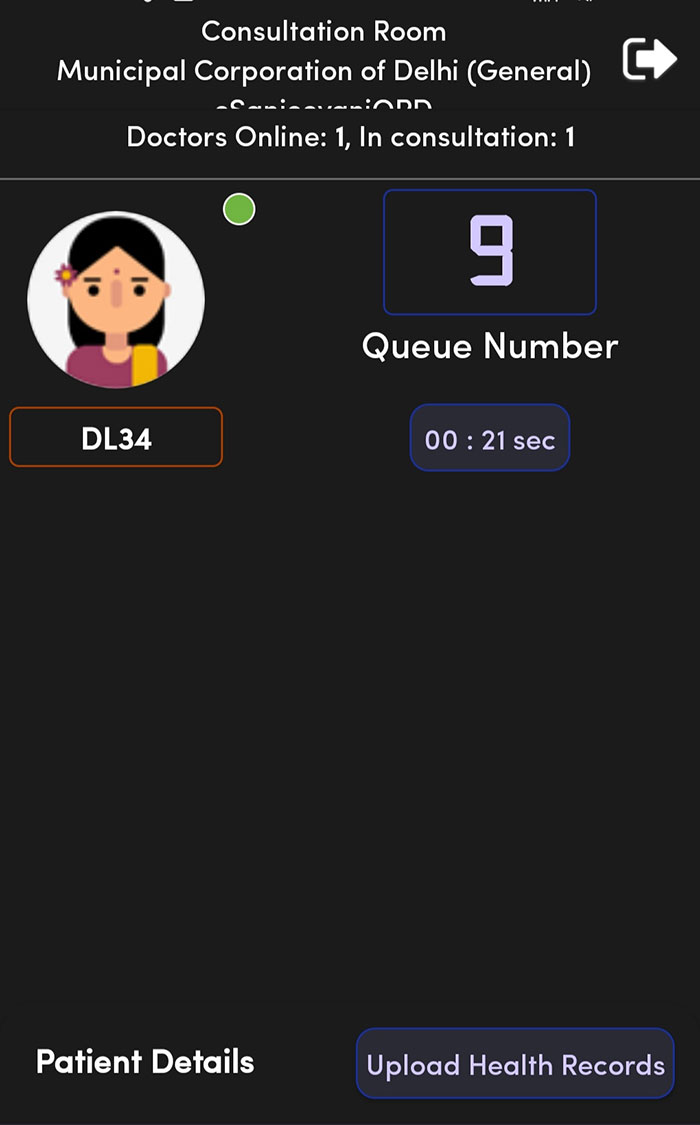Telemedicine booms in India
The telemedicine boom in India is making city-level health facilities accessible to people in the remote hilly and tribal areas of the country.
- 22 June 2022
- 3 min read
- by Aayushi Shukla

In March 2022, India made an important landmark in its digital health journey by completing 170,000 teleconsultations in a single day through its nationwide telemedicine service: “eSanjeevani”.
While India has vaccinated more than half of its population against COVID-19, the pandemic has hit health care hard. Access to medical facilities in cities and villages was curtailed as resources were diverted towards COVID-19 patients. People found it unsafe and difficult to get in-person appointments for chronic diseases or other mild illnesses.
“I have switched to teleconsultation because it was safer during the pandemic. I am diabetic and need constant medical attention. My son installed this app on my phone and it lets me speak to the doctor from the comfort of my home.”
The rise in telemedicine in urban India arose as a safer alternative to an in-person appointment.
“I have switched to teleconsultation because it was safer during the pandemic. I am diabetic and need constant medical attention. My son installed this app on my phone and it lets me speak to the doctor from the comfort of my home,” says Poonam, a 52-year-old diabetic patient living in Delhi.

Credit: Aayushi Shukla
What is driving the increase in the number of teleconsultations in urban India? Dr Vinay Sabharwal, a general surgeon based in New Delhi, says, “In addition to saving travel time and cost, telemedicine is helping people seek medical help from a safe distance during the pandemic. The hospitals are functioning at their maximum capacity. We are encouraging people not to visit hospitals if they are not severely ill. Elderly people with chronic diseases, pregnant women or isolated COVID patients need constant monitoring, and teleconsultations are a great way to do so.”
Have you read?
When it comes to rural India, Dr Sabharwal adds, “Good medical facilities are still lacking in rural areas and telemedicine is not as developed in the remote parts of the country as it is in urban India. But there have been some great improvements since the pandemic. The real need for telemedicine is in the remote hilly and tribal settlements.”
“People in rural parts of India have to travel far even to visit primary health centres. However, these primary health centres are now getting connected to us through telemedicine. We are now able to treat tribal people living near Wayanad Wildlife Sanctuary, thanks to telemedicine units that are being set up by the government,“ says Dr A. Sudha, an ENT specialist in Chennai.
In terms of the challenges that telemedicine solves for rural people, Harshit, a 17-year-old schoolboy hailing from a small town near Chennai, explains, “I am visiting Chennai for my grandfather’s dialysis. We do not have this facility in my village. Earlier, we had to come here even for his regular check-ups. It took a lot of time and during the lockdown, routine check-ups became impossible. Now we use teleconsultation and only visit for dialysis.”
There are many people like Harshit who are using telemedicine as a tool for greater access to healthcare in remote parts of the country where health facilities are negligible. Many start-ups in the healthcare field are trying to fill this gap between the rural and urban health divide using telemedicine, telepathology and e-pharmacy.
Dr Sudha adds, “A large portion of India’s population lives in villages and towns, whereas the largest population of healthcare providers are limited to metro cities. I am positive that the telemedicine boom has the potential to bridge this inequality in the healthcare system in the future.”









